-
New publication: Collaborative, global-scale evaluation of microplastics on turtle nesting beaches
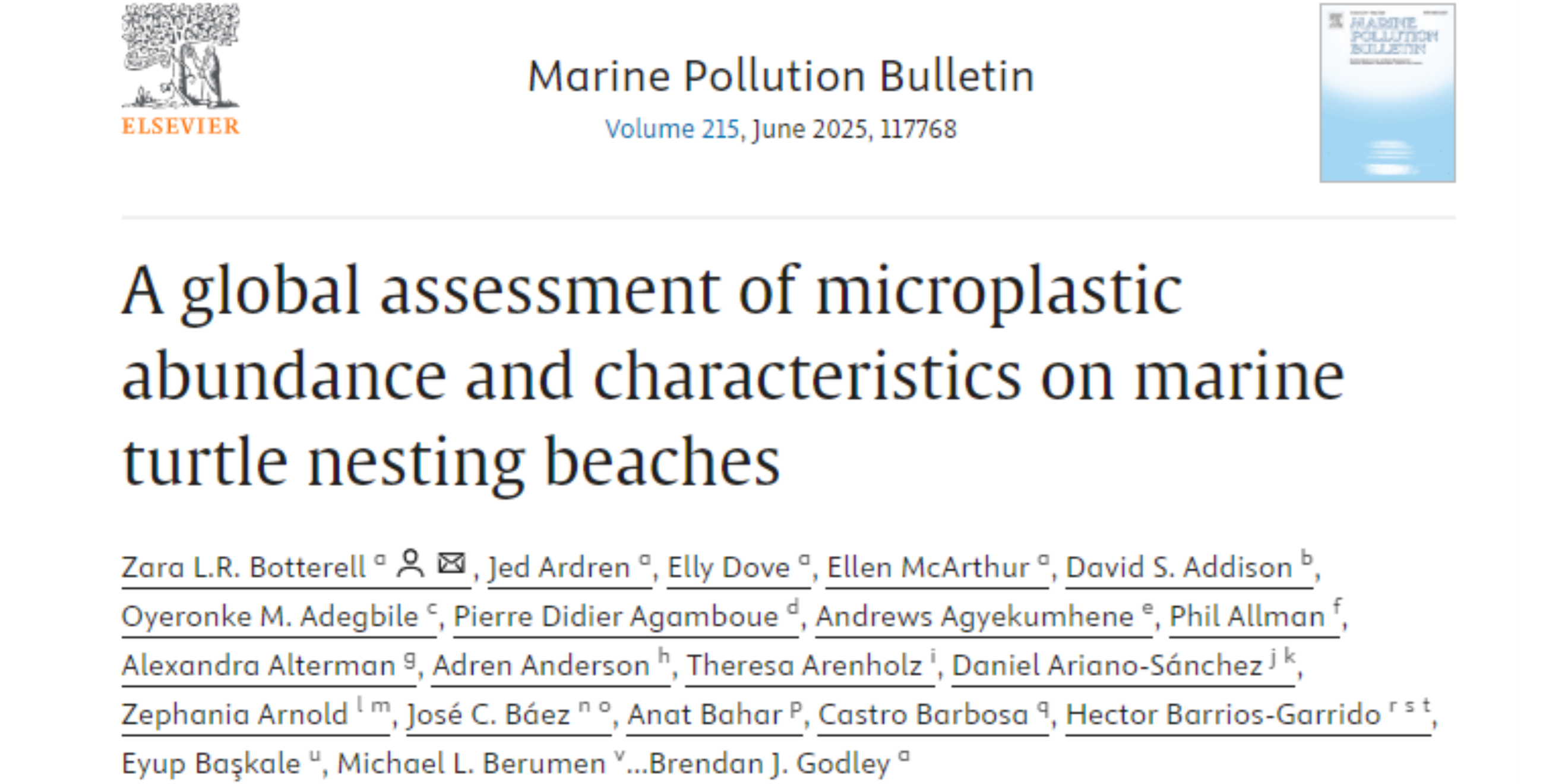
Plastic pollution and bioaccumulation within organisms are growing problems. As part of a study of microplastics pollution that played out over several years, the Jumby Bay Hawksbill Project contributed sand…
-
New publication: Green turtle GPS tracking
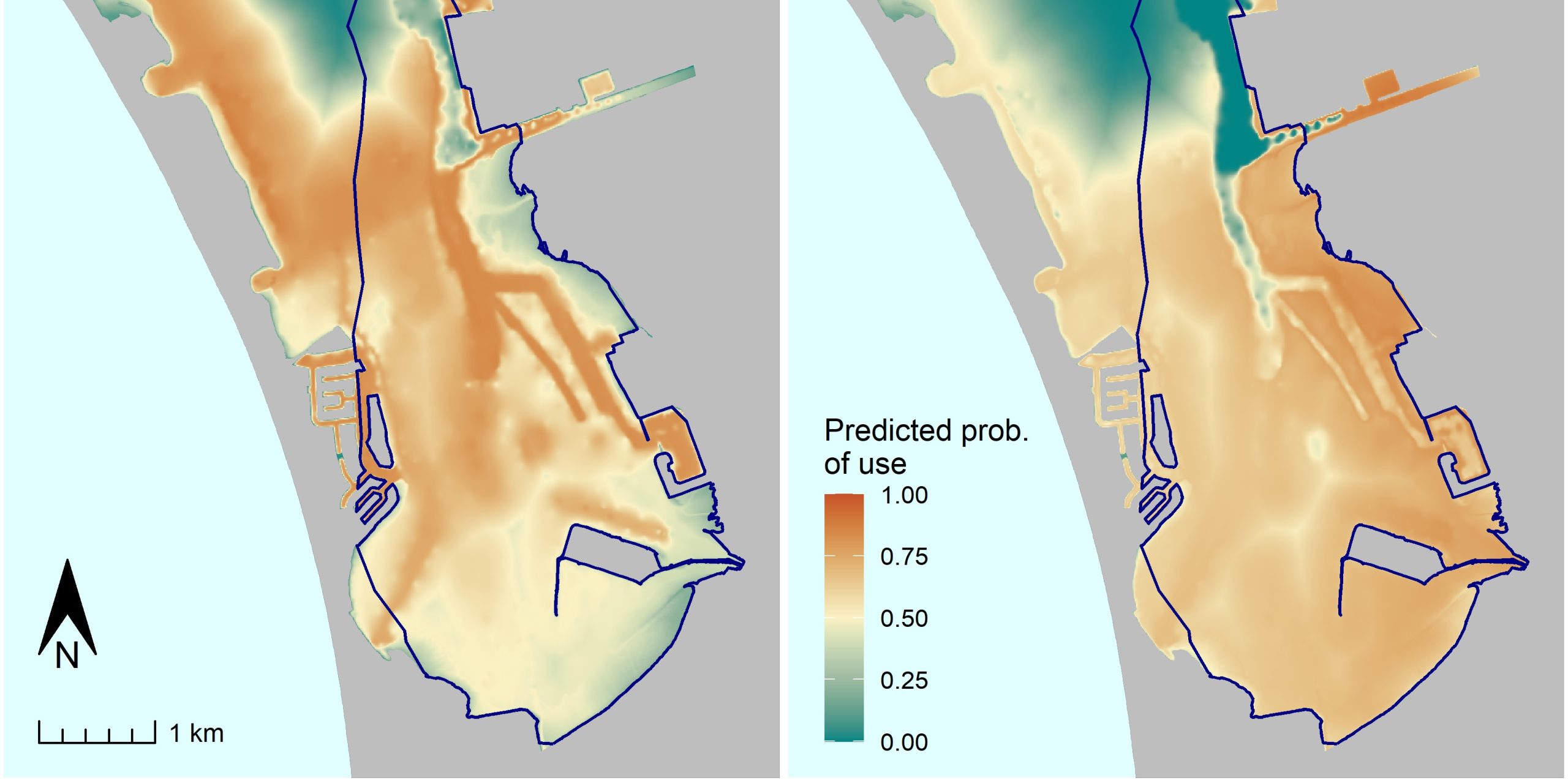
With the help of my NOAA research team and our partners, I led a recently published paper detailing patterns in habitat use for East Pacific green turtles at a foraging…
-
2024 Hawksbill satellite tracking
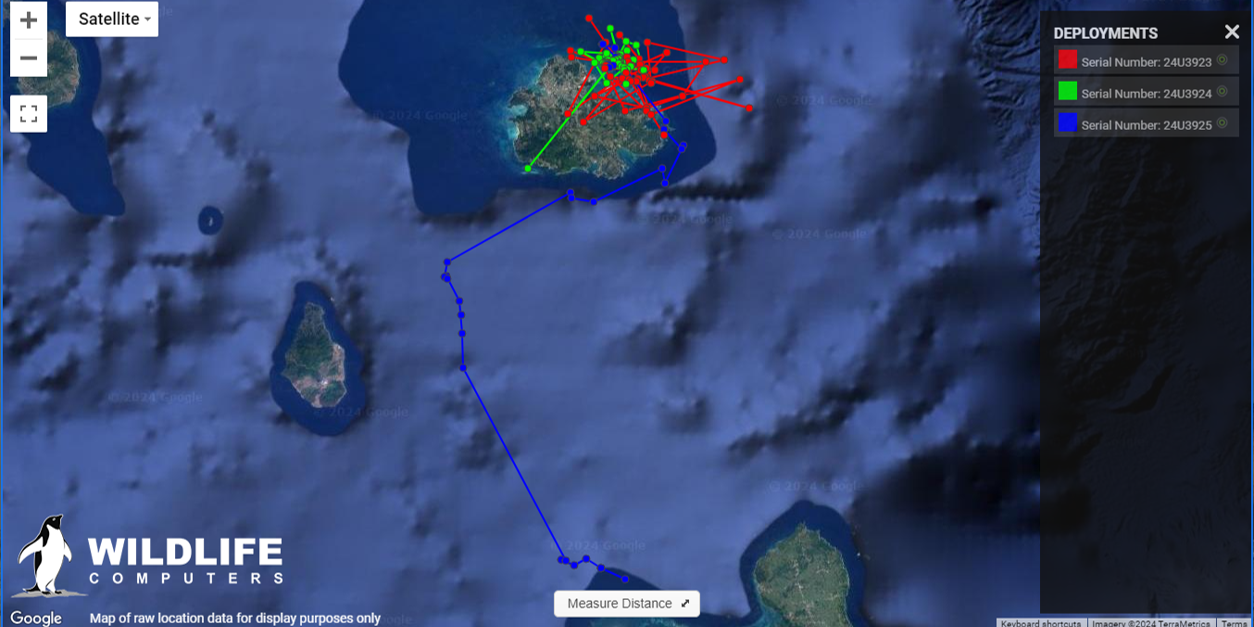
Check out this live map of hawksbill satellite tracks! You can follow along as turtles complete their nesting seasons at Long Island and undertake migrations to (sometimes distant) foraging areas.…
-
Update from the field: Leatherback research
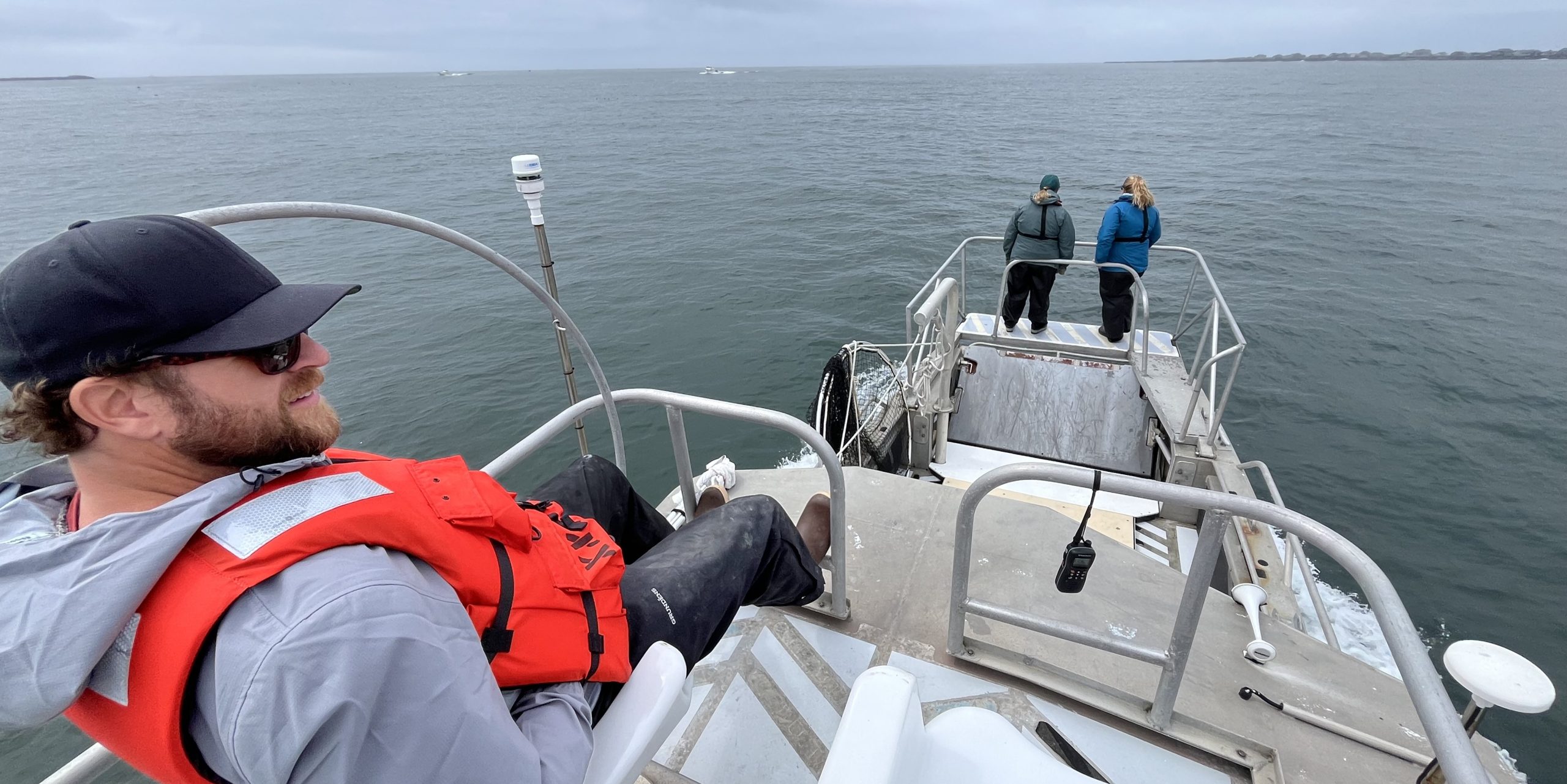
Along with our key partners Upwell, our NOAA research team is in the midst of field surveys for leatherback sea turtles at their foraging areas off the west coast of…
-
Media coverage: Cameras reveal sea turtle social behavior
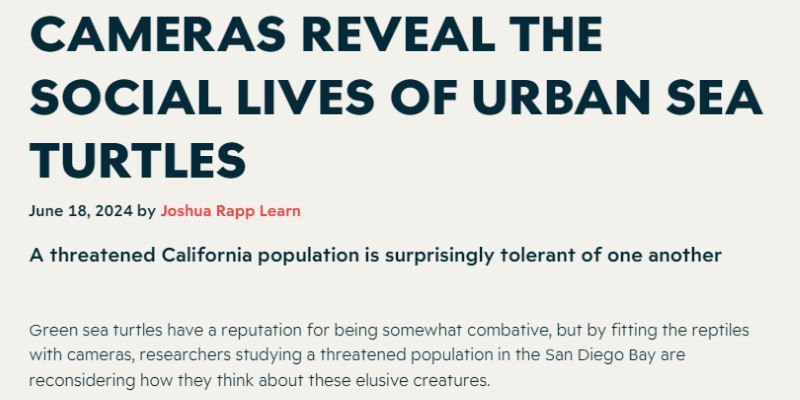
The Wildlife Society news page recently published an article covering new findings from our NOAA team’s camera-based research on green turtles San Diego Bay. The article, written by Joshua Learn,…
-
New publication: Insights from a turtle-borne camera

Led by recent graduate Cameron Mullaney, we just had a paper published in Ecology and Evolution that details some initial insights gained by deploying a pop-off camera onto green turtles…
-
New publication: Variable hawksbill migratory behavior
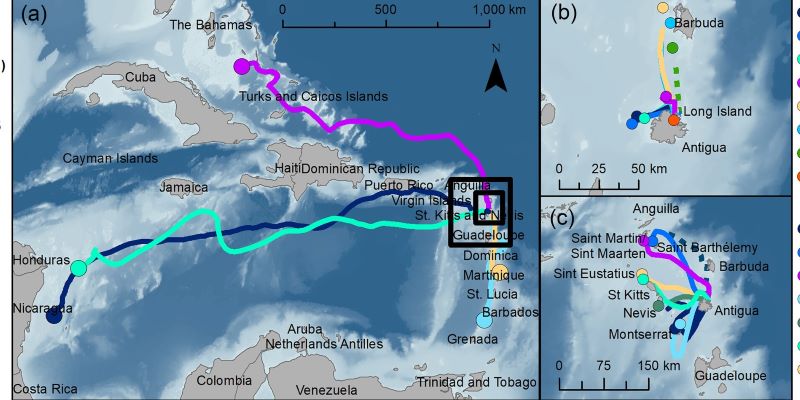
I am happy to share that a chapter of my dissertation was just published in the journal Aquatic Conservation: Marine and Freshwater Ecosystems. The paper disseminates the results of a…
-
Presentation @ Aquarium of the Pacific
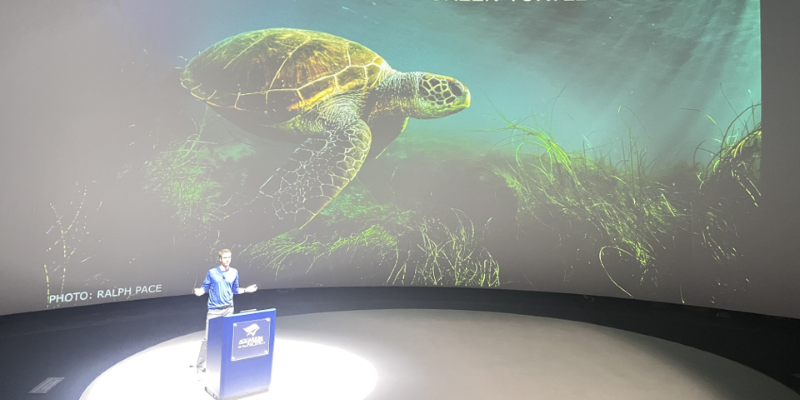
On October 4, I teamed up with my colleague Dr. Cali Turner Tomascewicz to give a talk to a sold out house as part of the “First Wednesday” lecture series…
-
New publication: Hawksbill satellite tracks from Antigua and Jamaica
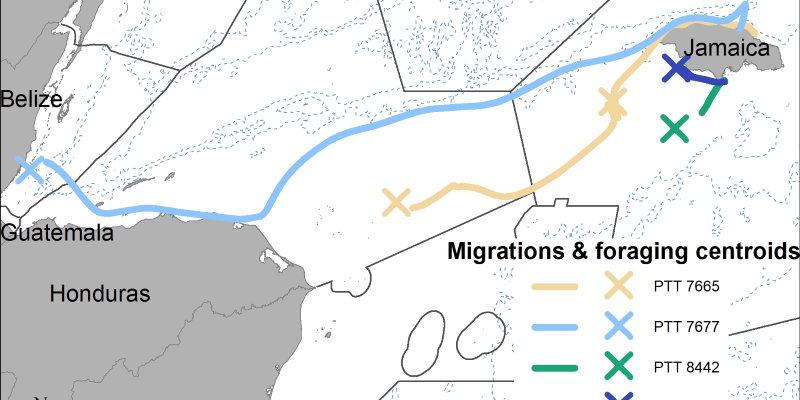
My coauthors and I recently had an article published in the Caribbean Journal of Science. Our paper makes use of satellite tracking data collected on post-nesting hawksbill sea turtles over…
-
New publication: Effects of urbanization on key deer

I am excited to share that my collaborators and I just had a new article come out in the journal Landscape and Urban Planning. The article, titled “Urbanization affects the…
